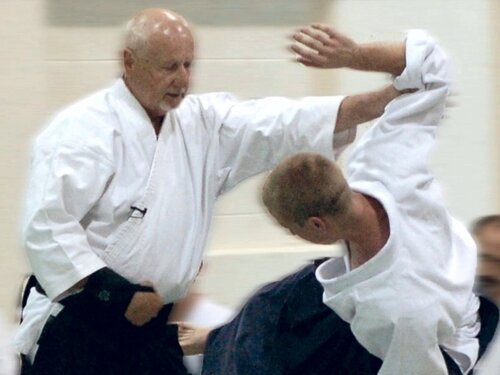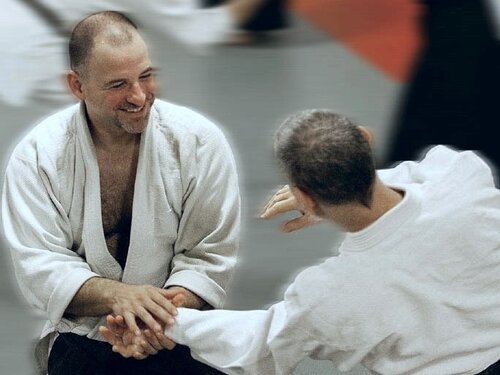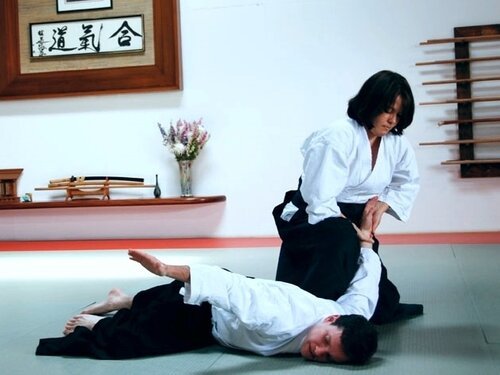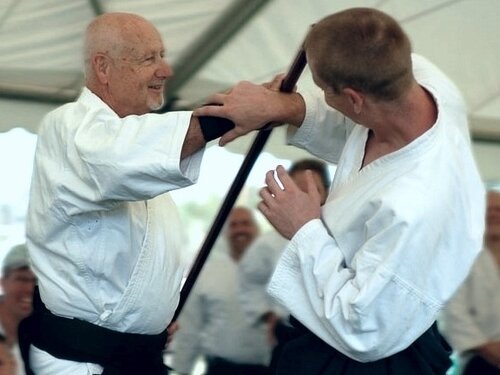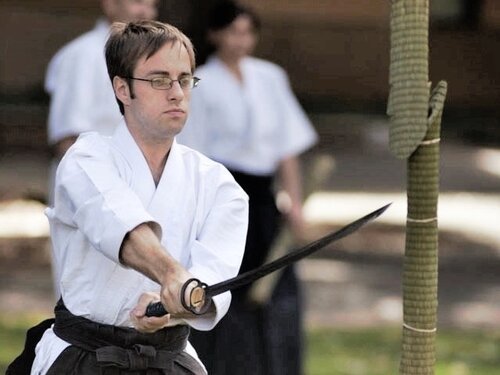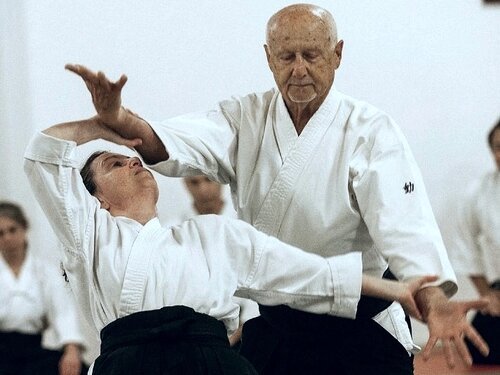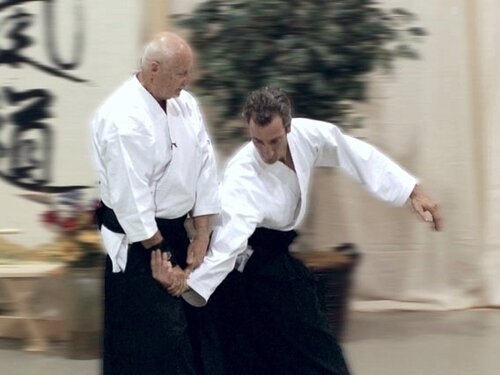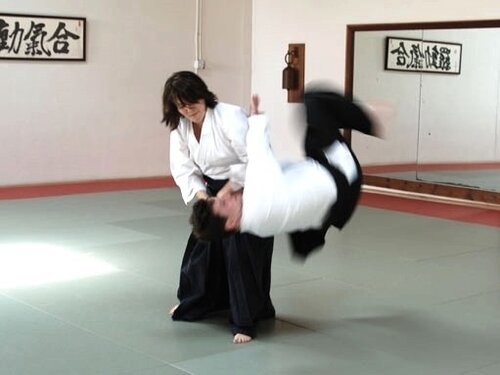THE BEST TIME TO PLANT A TREE WAS 20 YEARS AGO.
THE SECOND BEST TIME IS NOW.
practicing AIKIDO is not about learning how to fight.
At an advanced level, Aikido can be very effective for self defense, but this is not the primary purpose of its practice. Instead, it is a path for self-improvement. Our practice is rooted in traditional martial arts, but the techniques have been refined to rechannel attacks to nondestructive conclusions. Through this process, we learn to let go of both internal and external conflict. To read more about Aikido philosophy, click here.
DO I NEED TO BE YOUNG, STRONG, OR ATHLETIC TO PRACTICE AIKIDO?
No. Aikido focuses on redirecting attacks rather than meeting them head-on. As a result, we develop balance and perception rather than physical strength. Smaller or less muscular people can actually be at an advantage.
HOW LONG DOES IT TAKE TO LEARN AIKIDO?
Any amount of time. Right away, you will begin to learn how to fall safely and evade incoming attacks. If you choose to continue your training, you will find that there is always a deeper level of understanding, allowing for a lifetime of practice. Students in their 70’s and 80’s can be at the peak of their skill and power.
IS IT OK TO SMILE ON THE MAT?
Yes! We try to maintain a good balance between traditional etiquette and a relaxed environment. A relaxed body and mind are necessary for correct Aikido technique. Because of this, we foster an atmosphere of warmth, friendship, and kindness.
